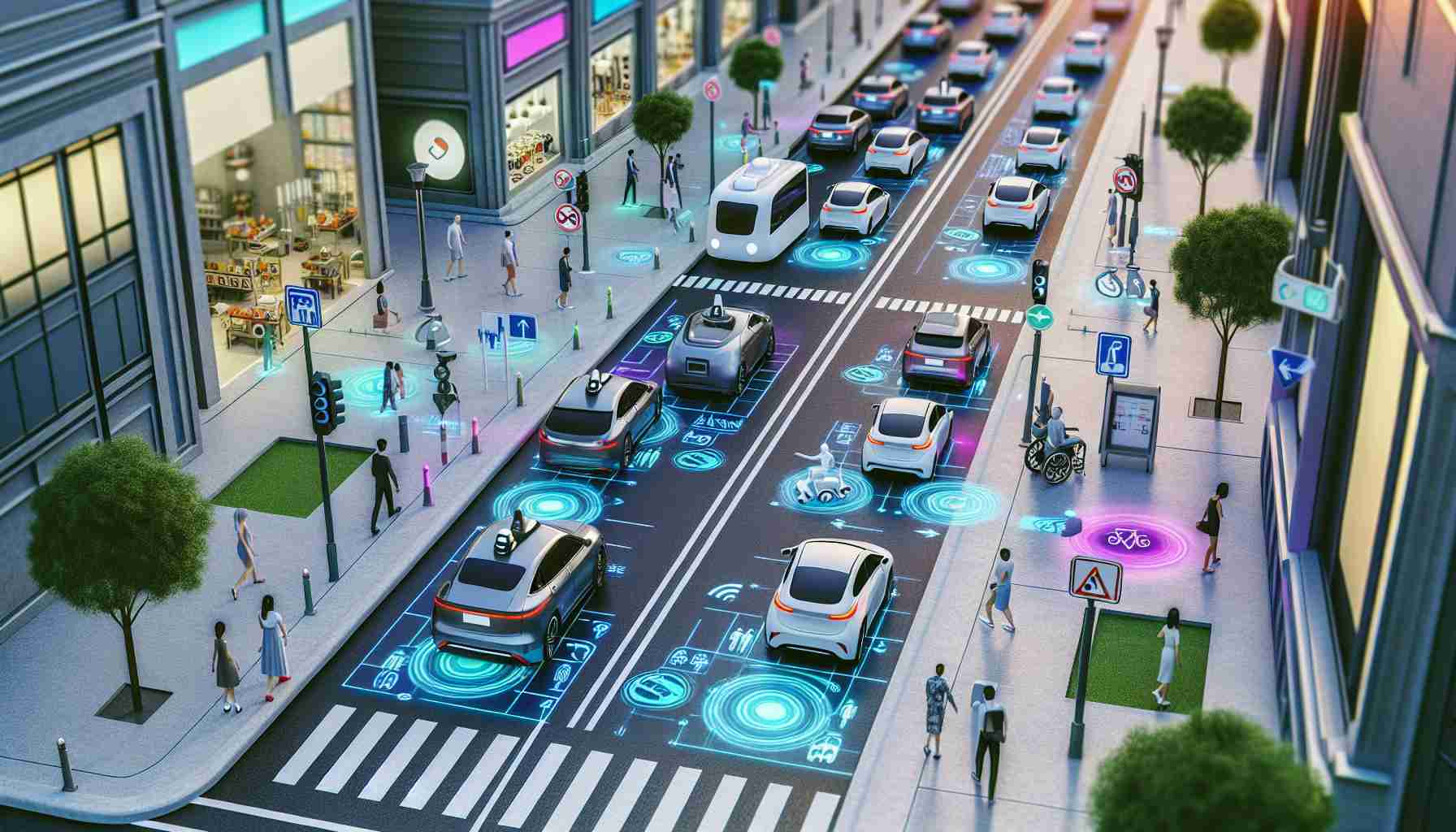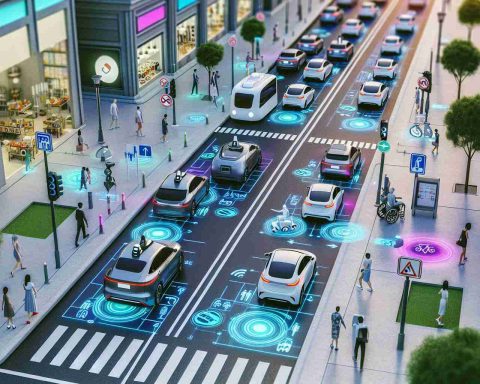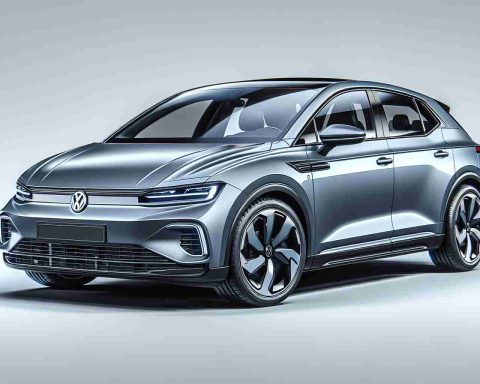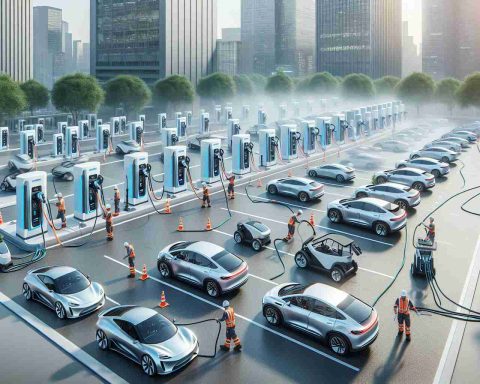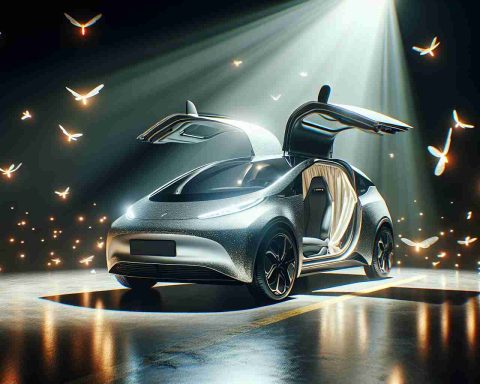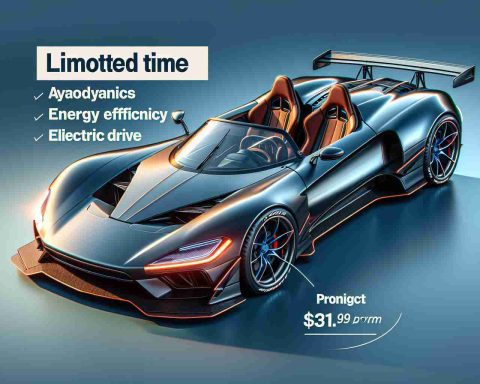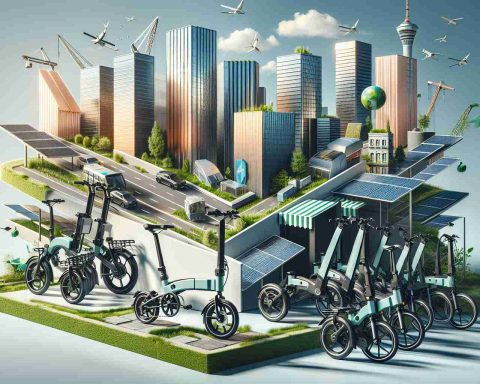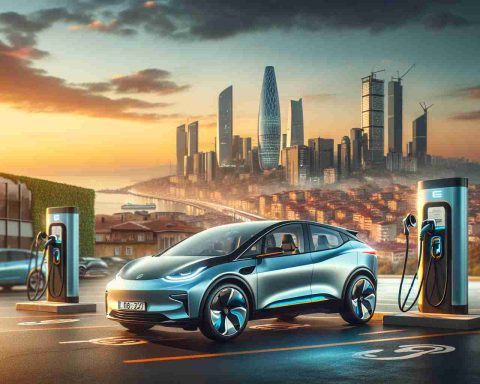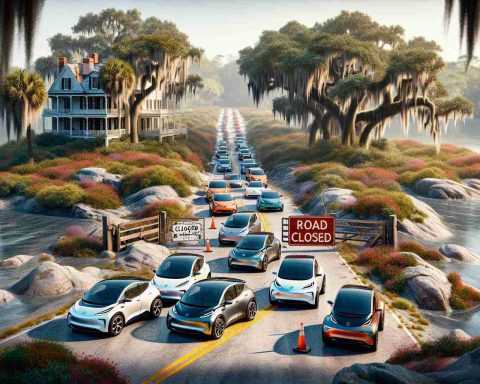- Self-driving cars are transitioning from concept to reality, with tech companies and automakers advancing autonomous technology.
- Autonomous vehicles could improve road safety by surpassing human abilities with advanced sensors and quick response times.
- They aim to eliminate human error, a major cause of road accidents, by being free from distractions and emotional influences.
- The technology protects vulnerable road users by detecting cyclists, pedestrians, and motorcyclists using advanced sensory systems and AI.
- Challenges include technical hurdles, adapting legal frameworks, and public skepticism about self-driving technology.
- The potential for self-driving cars to improve road safety hinges on overcoming these challenges.
The promise of self-driving cars is no longer a futuristic fantasy but a rapidly approaching reality. As tech giants and automakers push the boundaries of autonomous technology, these vehicles drive closer to becoming everyday fixtures on our roads. But amidst the clamor and excitement, a question looms large: can these autonomous vehicles actually make our roads safer?
Surpassing Human Abilities
Equipped with ultra-advanced sensors and split-second processing capabilities, autonomous vehicles scan their surroundings with precision no human can match. These cars, guided by sophisticated algorithms, react almost instantaneously to emerging dangers. Picture lane-keeping systems that effortlessly maintain vehicles between lines and adaptive cruise controls that expertly manage distances. In the blink of an eye, emergency braking systems activate, stopping vehicles faster than a human foot could hit the pedal.
Eliminating the Human Factor
Every year, tens of thousands of lives are lost on American roads, casualties of human error. Whether it’s the allure of a glowing smartphone, the haze of fatigue, or the recklessness of speeding, human drivers often err in judgment. Autonomous vehicles promise to wipe out these mistakes by focusing relentlessly on the driving task, unrestrained by the distractions and emotional whims that plague human counterparts.
Protecting Vulnerable Road Users
These autonomous marvels extend their protective gaze beyond the confines of vehicles. Their advanced sensory systems detect cyclists, pedestrians, and motorcyclists even in the worst conditions, crafting a detailed 3D map of their surroundings. Predictive AI ensures intelligent responses, maintaining safe buffer zones and recognizing when to yield.
Yet, hurdles remain. Technical challenges, from navigating harsh weather to mastering dense urban landscapes, persist. Legal frameworks struggle to keep pace, and public skepticism casts long shadows over the future of self-driving technology.
As society wrestles with these growing pains, one truth stands firm: the potential for self-driving cars to significantly enhance road safety is immense, hinging on how deftly we navigate these obstacles.
Can Self-Driving Cars Really Make Our Roads Safer? Discover the Hidden Truth!
The advent of self-driving cars heralds a seismic shift in how we perceive transportation, promising advancements in road safety and efficiency. However, the transition from fantasy to reality raises numerous questions. Here, we delve into unexplored facets of autonomous vehicles, from real-world applications to market trends, offering a comprehensive understanding of this burgeoning industry.
How-To Steps & Life Hacks
– Safe Interaction with Autonomous Vehicles:
– Approach cautiously and do not assume the vehicle operates like a human-operated car.
– Follow posted instructions around pilot zones.
– Pay attention to vehicle signals as AVs use external display systems to communicate intentions.
Real-World Use Cases
– Urban Delivery Systems:
Autonomous vehicles are increasingly employed in urban environments for last-mile delivery services, optimizing logistics and reducing delivery times (Source: McKinsey & Company).
– Ride-Sharing Services:
Companies like Waymo and Cruise have initiated autonomous ride-sharing programs in select cities, offering insights into how these services can reduce urban traffic and commuter stress (Source: Waymo).
Market Forecasts & Industry Trends
– Projected Growth:
The autonomous vehicle market is expected to exceed $550 billion by 2026, driven by technological advancements and increasing investment in AI (Source: Grand View Research).
– Industry Leaders:
Companies such as Tesla, Waymo, and Ford are at the forefront of AV development, continually investing in R&D to enhance safety and reliability.
Reviews & Comparisons
– Tesla Autopilot vs. Waymo:
– Tesla’s Autopilot offers a semi-autonomous experience, relying on its extensive sensor network.
– Waymo stands out for its Full-Self Driving (FSD) capabilities in controlled environments, outperforming others in terms of navigation and real-world testing.
Controversies & Limitations
– Ethical Dilemmas:
Autonomous vehicles face ethical challenges in programming decisions during unavoidable accidents – a topic of much debate and research (Source: Nature).
– Technical Challenges:
AVs struggle with adverse weather conditions and complex driving environments which require further technological advancements (Source: NHTSA).
Features, Specs & Pricing
– Feature Suite:
AVs are equipped with LIDAR, radar, cameras, and ultrasonic sensors to ensure comprehensive environmental perception.
Standard features often include lane-keeping assist, adaptive cruise control, and emergency braking.
Security & Sustainability
– Data Security:
Cybersecurity is crucial as AVs rely on continuous data exchange; ensuring robust encryption and safety protocols is vital (Source: CISA).
– Sustainability:
The transition to electric autonomous vehicles reduces emissions, aligning with global environmental sustainability goals.
Insights & Predictions
– Near-Term Predictions:
Expect increased regulatory support and public trials, as societal acceptance grows. Full autonomy will likely become common in controlled zones by the late 2020s.
Tutorials & Compatibility
– Training Programs:
Educational institutions are beginning to offer programs focused on AV technology and operation, preparing the workforce for future demands.
Pros & Cons Overview
– Pros:
– Significant potential to reduce road accidents.
– Efficient traffic management and fuel savings.
– Enhanced mobility for non-drivers.
– Cons:
– High development costs and technical challenges.
– Potential job displacement in driving professions.
– Privacy concerns related to data collection.
Actionable Recommendations
– Stay informed by following credible sources such as the Society of Automotive Engineers for technical updates.
– Participate in local AV trials to experience technology first-hand and provide feedback for improvements.
The journey towards widespread autonomous vehicle adoption is complex, requiring ongoing collaboration between tech developers, policymakers, and the public. By staying informed and engaged, individuals can help shape the future of transportation for safer and more efficient roads worldwide.
